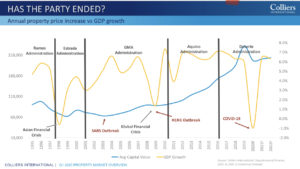The Bureau of the Treasury will sell P170 billion in T-bills and bonds in May, with longer tenors that are expected to entice domestic investors amid declining rates.
The volume of government securities to be sold next month was lower than the P190-billion that was programmed for April as the Treasury had five weeks to sell this month compared to only four weeks in May.
In an April 22 notice to all government securities eligible dealers, National Treasurer Rosalia de Leon said the Treasury would auction off P20 billion in T-bills—P5 billion of the benchmark 91-day, P5 billion of 182-day and P10 billion of 364-day bills—on May 4, 11, 18 and 25.
The Treasury had programmed to sell P10 billion of the 91-day and P5 billion of the 364-day debt paper weekly in April, but switched their offering volumes two weeks ago as the longest T-bill tenor generated more interest after the Bangko Sentral ng Pilipinas, in a surprise move, slashed key rates by a hefty 50 basis points.
It will also sell again a total of P30 billion of the comebacking 35-day T-bills—P15 billion each on May 5 and 19.
The P60-billion treasury bonds to be sold in May—P30 billion in three-year on May 12 and another P30 billion in five-year on May 26—likewise have longer tenors than the one- and two-year IOUs offered in April.
“We are already lengthening tenors as investors feel comfortable with belly-of-the-curve yield pickup as rates are low,” De Leon said on Wednesday.
On Tuesday, De Leon said that since recent Treasury auctions had been “on full awards and are able to mobilize more from tap because of low rates and oversubscription,” the Philippines would first
“have to see market developments and assess funding costs versus other markets” to determine the viability of issuing renminbi-denominated panda bonds and yen-denominated samurai bonds in the first half of the year, as planned before the COVID-19 pandemic happened.
This week, the Philippines raised $2.35 billion from US dollar-denominated global bonds at record low coupons, on top of the 1.2 billion euros in euro-denominated bonds across two tenors in January.


